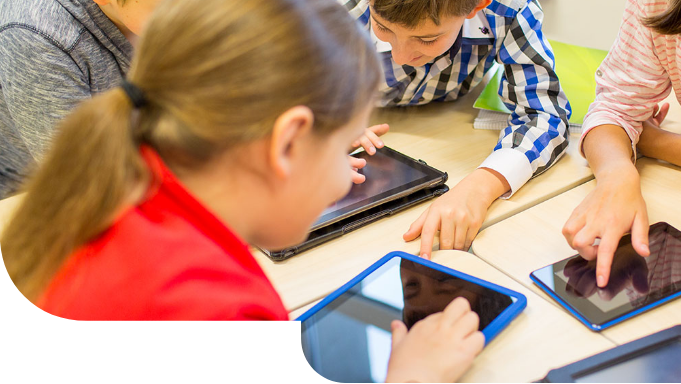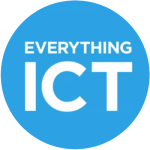Education leaders are routinely challenged to guarantee that they are delivering skills to young people that will fully prepare them for their future lives, and staying on top of digital trends is a key part of that.
In addition, technology is seen as a way to make learning itself more engaging, more interactive, more effective. Part and parcel of ensuring equality in opportunity in education is now making sure all young people have equal access to the same devices and platforms designed to bring learning to life.
This poses more than a few challenges to educators. Not least of these is resourcing. As technology proliferates, the cost of keeping equipment up to date and available to all students will take up bigger and bigger chunks of school and college budgets.
One solution is BYOD – Bring Your Own Device. Because education makes use of the same sort of devices most of today’s children have at home – iPads, tablets, smartphone, notebooks – it makes sense to ask parents to send their children to school with them the same way they supply a uniform or stationery.
The main attraction of this approach is obviously to reduce costs for schools. Here are four other key ways BYOD can boost the use of technology in education.
1. Keep Everyone Involved
If every student has their own device, rather than having to share, focus on the lesson will be much greater. Smart devices are intended to be interactive, so it is not just a case of pupils being able to view their own screen – having their own device means everyone can do so as well. There is obviously an issue of whether every child will own or bring a device, but supplying a handful of tablets or laptops is much cheaper for a school than supplying a classroom full.
2. Let Students Take Ownership of Learning
Connected to the internet, a smart device means students literally have a world of information at their fingertips. Instead of listening to a teacher all day, they can find things out for themselves. There is also a sense that they will feel more of a sense of ownership over their learning if they are allowed to use their own devices, the same they use to play games and talk to their friends.
3. Improve Collaboration and Project Work
One of the problems with the traditional use of exercise books in education is that it creates a focus on individual work at the expense of collaboration. But in the world of work, individuals don’t do everything themselves, and get it assessed in their own document record – they are expected to work with other people. Devices like smartphones were designed for communication, and with dozens of apps available to allow document sharing and real time shared editing, collaboration in the classroom is now more feasible and effective.
4. Shape Learning to Meet Individual Needs
Digital technology provides a wealth of multimedia approaches for communicating an idea, or indeed for recording your own notes and ideas – images, text, audio, video, interactive presentations and so on. These can be used to suit the individual learning styles of different students. Moreover, when a teacher delivers a lesson ‘live’ to a class, pupils have no choice but to keep up. With digital presentations, or even by recording lessons to play back later, children can work at their own pace.
Further information
For more information about how to use technology in your school to meet the demands of hi-tech education, get in touch with Simpli-Fi for a no-obligation discussion about your requirements.











